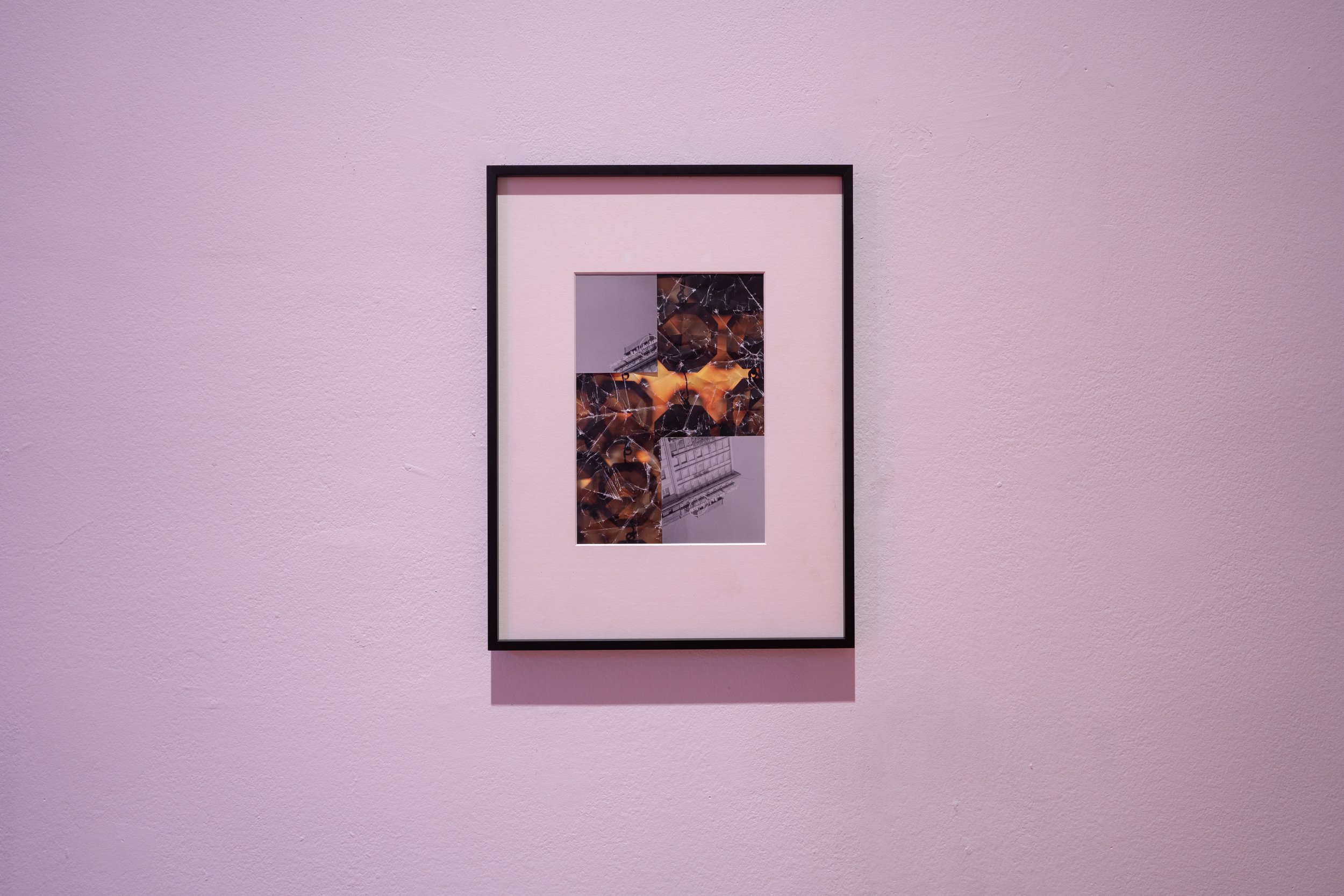Archaeology of the Modern (2025)
KCB – Cultural Centre of Belgrade
The exhibition Archaeology of the Modern – The Case of Hotel Jugoslavija and Other Psychographies at the Cultural Centre of Belgrade, located at Republic Square, and features three photo series by Bizumic: BARYTA (2017–), Hotel Jugoslavija (2011–2025), and UNESCO’s Children (2019–). The exhibition critically explores the relationship between photography, its subject matter, and its exhibition context.
The BARYTA series examines the photographic medium itself, focusing on baryta paper, a key material in photographic printing. The images depict barite mineral samples from the Natural History Museum in Vienna. Bizumic questions the environmental consequences of so-called 'green' energy alternatives, such as lithium for batteries, highlighting the ecological issues often overlooked in narratives of progress.
The Hotel Jugoslavija series investigates the building's fate, first between 2011 and 2013, when it was removed from the list of protected cultural heritage sites, and later, from 2024 to 2025, as its demolition became imminent. The work explores the decline of modernist ideals and the state’s dismissal of cultural memory, reflecting on the erosion of values such as collective progress.
UNESCO’s Children focuses on the vulnerability of photography and World Heritage sites. The images, hand-printed with the negative displayed alongside the print, challenge the conventional logic of photographic reproduction, emphasising the materiality of the medium.
The exhibition invites active viewer engagement, using techniques like coloured lighting, double exposure, and collage to highlight the complex interplay between memory, materiality, and modernity. Its site-sensitive approach encourages meaning to emerge through the viewer’s interaction with both the artwork and its politically and historically loaded location, resisting closure.













